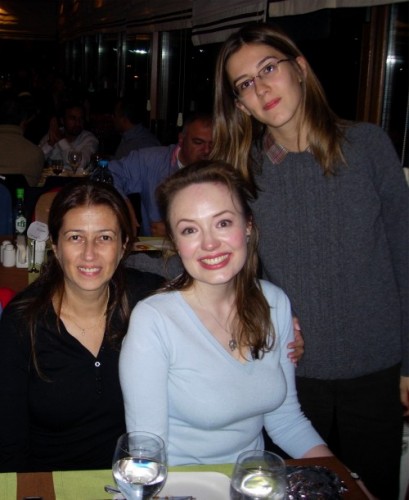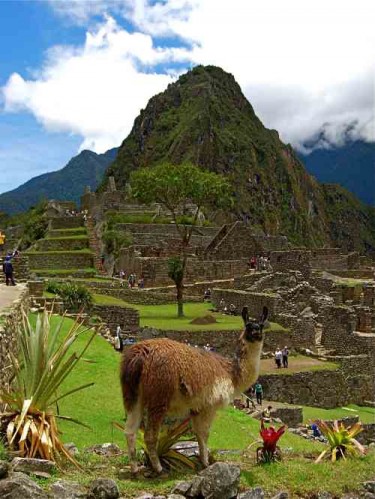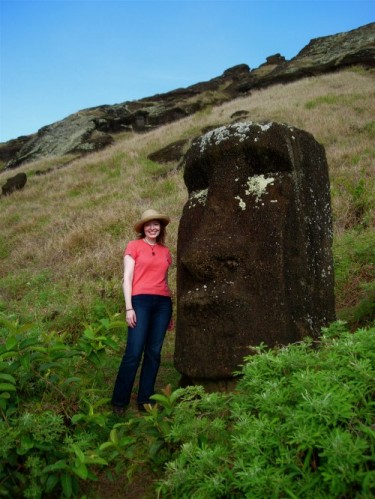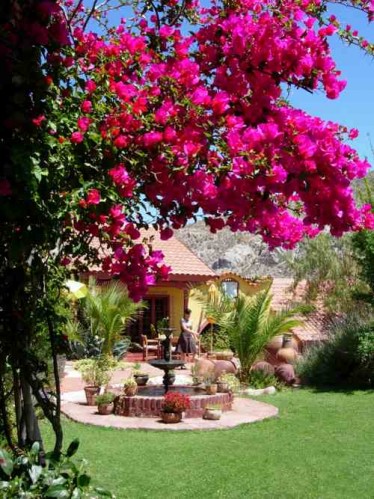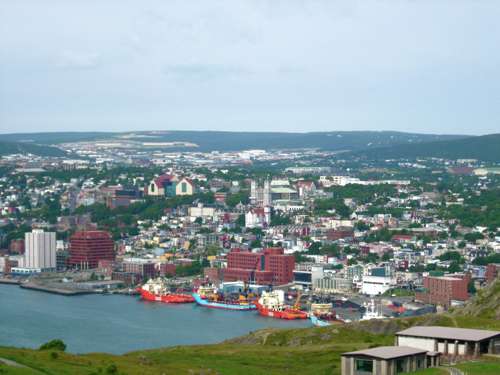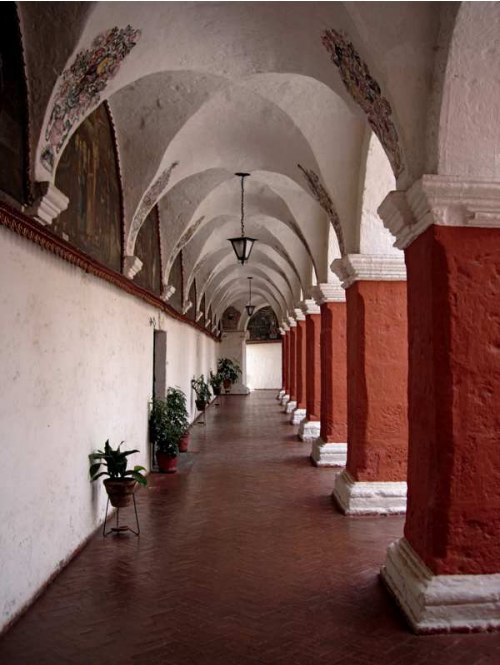Last weekend I spent some time with a friend I haven’t seen in months. While we were catching up, she asked about my trip to Turkey last November. I told her about the astonishing ancient cities I saw — Ephesus, Aphrodisias, Hierapolis, Pergamum — and about the beauty and history of Istanbul. But I found myself talking even more about Oya Özden and her family.
Oya is the founder of the Living With Celiac Association of Turkey. I contacted her organization before my trip, and she e-mailed me a celiac disease information card, written in Turkish, that I could show to chefs and other restaurant staff. She also gave me some general guidelines about dining in Turkey (which you can read in this post). While I was in Selçuk, she e-mailed me to ask where I was staying in Istanbul. I told her it was the Erguvan, a boutique hotel in the Sultanahmet district that’s a short walk from Hagia Sophia and the Blue Mosque. The next day, Oya e-mailed to say that she had contacted the hotel about my diet. I appreciated her help, but I didn’t realize how much Oya had done for me until I arrived in Istanbul. The staff at the Erguvan actually baked gluten-free pastries for my breakfast, from a recipe provided by Oya. (This was, I should add, in addition to the impressive breakfast buffet at the hotel, which already included gluten-free items such as boiled eggs, fresh fruit, dried fruit, and several types of cheese.)
Oya also invited my husband and me to have dinner with her, her husband, Hasan, and their daughter, Nil. (Oya and Nil are pictured above, with me.) They took us to a banquet hall on the Asian side of the Bosphorus. The dining room was full of celebrations (I counted one wedding, one 45th wedding anniversary, and one high-school reunion). There was no set menu; instead Oya had made special arrangements in advance (her celiac support group has met at the banquet hall in the past). For us, the kitchen staff baked gluten-free pide, a substantial bread that looks like a giant waffle; I’d seen it on menus throughout my trip, but this was the first time I was able to try it. There were also appetizers that consisted of a wafer-thin gluten-free bread topped with lamb, parsley, and spices. Oya had arranged for gluten-free mezes, which included hot peppers, yogurt seasoned with garlic, rice-stuffed vegetables, a hot tomato sauce, and a dish of leeks and carrots, all of which were delicious. The main course was lamb, and for dessert there were several treats, including dates filled with cheese. I also tried raki, Turkey’s unofficial national drink, for the first time at dinner (similar to ouzo but not sweet). It was a fabulous evening from start to finish, partly because of the great food but mostly because of the wonderful company.
I realized at dinner that Oya is an incredible activist. After being diagnosed with celiac disease, she went on to form a national organization in a country where the disease is not well known. In addition to providing information and support to adult celiacs, she created a booklet for children to help them understand the disorder and the gluten-free diet (it’s available as a printed booklet as well as on the organization’s website). Oya is also in touch with her counterparts in other European countries and has lobbied Turkey’s government to provide support for celiacs. In Turkey, celiacs now get a government subsidy for certain gluten-free provisions every month. (In North America, I’m grateful just to see celiac-safe products on store shelves, even if they are priced sky high.)
Meeting Oya reinforced for me how important it is for the gluten-intolerant to share information and advice. It also made for the most memorable night of my trip. Thanks again, Oya, Hasan, and Nil!
Erguvan Hotel [address] Aksakal Cad. No: 3, Sultanahmet, Istanbul, Turkey [tel] +90 212 4582784 [fax] +90 212 4582788 [e-mail] info@erguvanhotel.com [web] www.erguvanhotel.com

